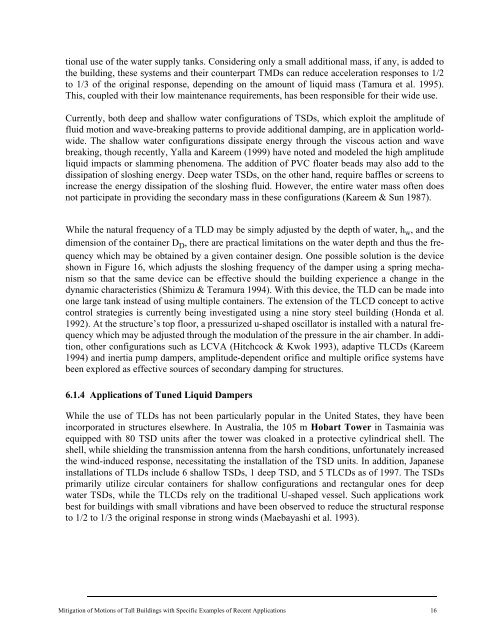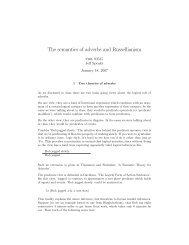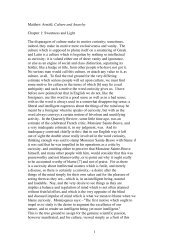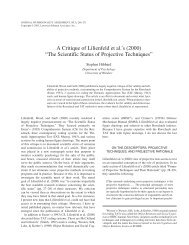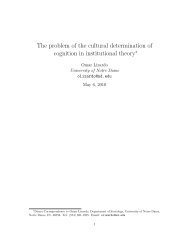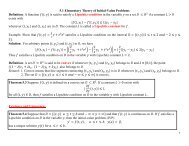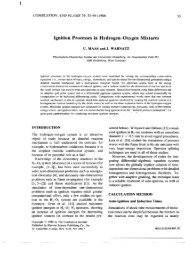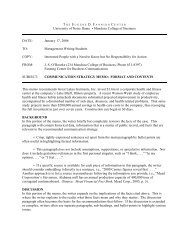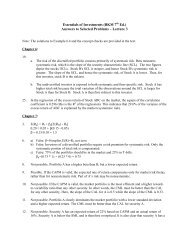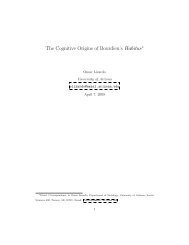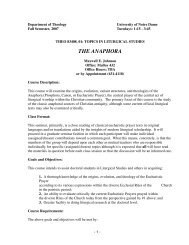Mitigation of Motions of Tall Buildings with Specific Examples of ...
Mitigation of Motions of Tall Buildings with Specific Examples of ...
Mitigation of Motions of Tall Buildings with Specific Examples of ...
You also want an ePaper? Increase the reach of your titles
YUMPU automatically turns print PDFs into web optimized ePapers that Google loves.
tional use <strong>of</strong> the water supply tanks. Considering only a small additional mass, if any, is added to<br />
the building, these systems and their counterpart TMDs can reduce acceleration responses to 1/2<br />
to 1/3 <strong>of</strong> the original response, depending on the amount <strong>of</strong> liquid mass (Tamura et al. 1995).<br />
This, coupled <strong>with</strong> their low maintenance requirements, has been responsible for their wide use.<br />
Currently, both deep and shallow water configurations <strong>of</strong> TSDs, which exploit the amplitude <strong>of</strong><br />
fluid motion and wave-breaking patterns to provide additional damping, are in application worldwide.<br />
The shallow water configurations dissipate energy through the viscous action and wave<br />
breaking, though recently, Yalla and Kareem (1999) have noted and modeled the high amplitude<br />
liquid impacts or slamming phenomena. The addition <strong>of</strong> PVC floater beads may also add to the<br />
dissipation <strong>of</strong> sloshing energy. Deep water TSDs, on the other hand, require baffles or screens to<br />
increase the energy dissipation <strong>of</strong> the sloshing fluid. However, the entire water mass <strong>of</strong>ten does<br />
not participate in providing the secondary mass in these configurations (Kareem & Sun 1987).<br />
While the natural frequency <strong>of</strong> a TLD may be simply adjusted by the depth <strong>of</strong> water, h w, and the<br />
dimension <strong>of</strong> the container D D , there are practical limitations on the water depth and thus the frequency<br />
which may be obtained by a given container design. One possible solution is the device<br />
shown in Figure 16, which adjusts the sloshing frequency <strong>of</strong> the damper using a spring mechanism<br />
so that the same device can be effective should the building experience a change in the<br />
dynamic characteristics (Shimizu & Teramura 1994). With this device, the TLD can be made into<br />
one large tank instead <strong>of</strong> using multiple containers. The extension <strong>of</strong> the TLCD concept to active<br />
control strategies is currently being investigated using a nine story steel building (Honda et al.<br />
1992). At the structure’s top floor, a pressurized u-shaped oscillator is installed <strong>with</strong> a natural frequency<br />
which may be adjusted through the modulation <strong>of</strong> the pressure in the air chamber. In addition,<br />
other configurations such as LCVA (Hitchcock & Kwok 1993), adaptive TLCDs (Kareem<br />
1994) and inertia pump dampers, amplitude-dependent orifice and multiple orifice systems have<br />
been explored as effective sources <strong>of</strong> secondary damping for structures.<br />
6.1.4 Applications <strong>of</strong> Tuned Liquid Dampers<br />
While the use <strong>of</strong> TLDs has not been particularly popular in the United States, they have been<br />
incorporated in structures elsewhere. In Australia, the 105 m Hobart Tower in Tasmainia was<br />
equipped <strong>with</strong> 80 TSD units after the tower was cloaked in a protective cylindrical shell. The<br />
shell, while shielding the transmission antenna from the harsh conditions, unfortunately increased<br />
the wind-induced response, necessitating the installation <strong>of</strong> the TSD units. In addition, Japanese<br />
installations <strong>of</strong> TLDs include 6 shallow TSDs, 1 deep TSD, and 5 TLCDs as <strong>of</strong> 1997. The TSDs<br />
primarily utilize circular containers for shallow configurations and rectangular ones for deep<br />
water TSDs, while the TLCDs rely on the traditional U-shaped vessel. Such applications work<br />
best for buildings <strong>with</strong> small vibrations and have been observed to reduce the structural response<br />
to 1/2 to 1/3 the original response in strong winds (Maebayashi et al. 1993).<br />
<strong>Mitigation</strong> <strong>of</strong> <strong>Motions</strong> <strong>of</strong> <strong>Tall</strong> <strong>Buildings</strong> <strong>with</strong> <strong>Specific</strong> <strong>Examples</strong> <strong>of</strong> Recent Applications 16


